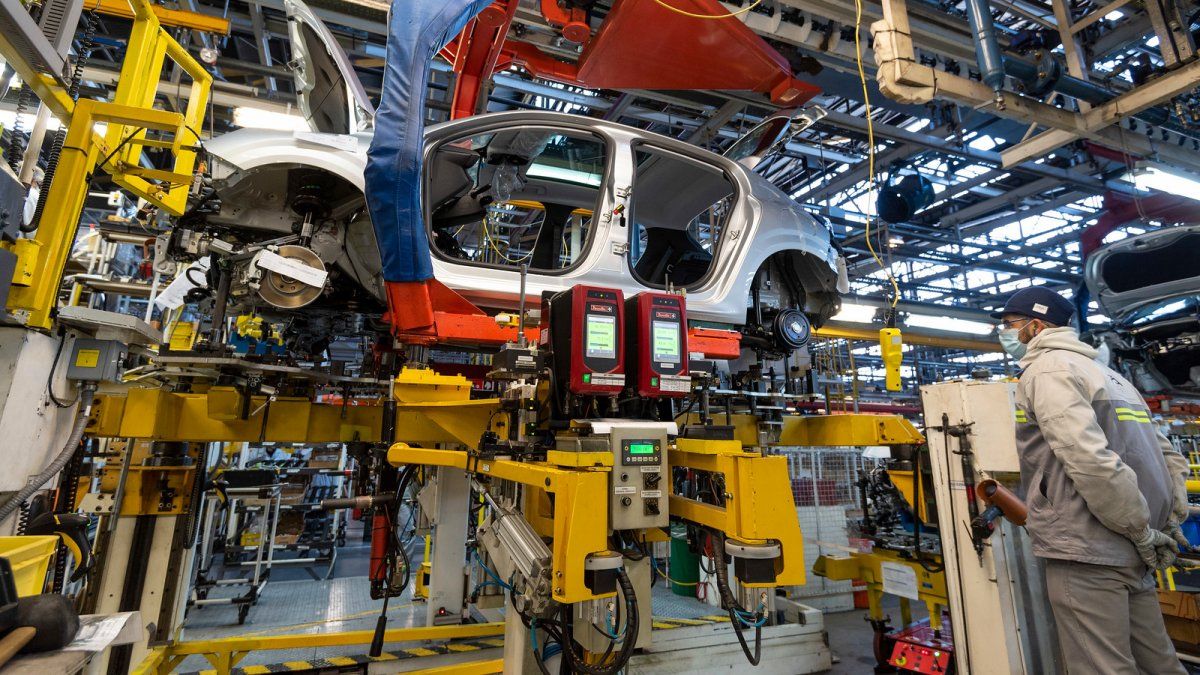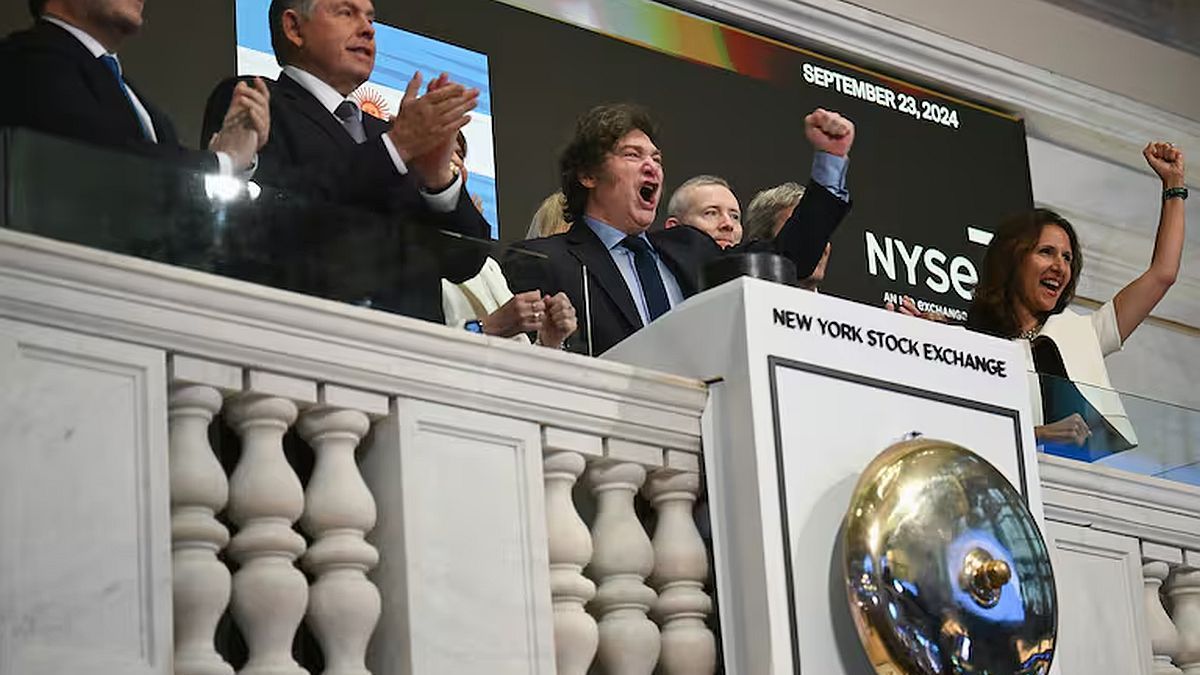At lunch last week between Tombolini and the small table of the UIA, the central theme was the problems of imports, but there was also a “price chapter”, according to what they said. “The criterion is going to be to accommodate relative prices,” said one of those present. “It will be an analysis by sector, and not by company,” he added. One of the sectors mentioned as an example of bringing the government together with value chains was textiles.
In its latest report, the Cifra center refers to the link between distributive regressivity and the dynamics of relative prices. There he realizes that despite the sharp rise in prices (year-on-year inflation of 71% in July), activity is maintained, with a rise of 1.3% between December 2021 and June 2022, with unemployment that was reduced at 7%. However, the acceleration of inflation “nullified” the possibility that real wages will recover: registered workers decreased 2.1% in the second quarter of 2022 against the last quarter of 2019. In the unregistered, the fall amounted to 3.4%.
According to the same study, the reduction in real wages was one of the causes of the fall in the participation of workers in income. The remuneration of salaried work went from 53.3% of the value added to 46.9%, between the first quarter of 2017 and 2022. Of the drop of more than 7 percentage points, almost 4 were lost between 2020 and 2021. The “reverse side” is the recomposition of profit margins. The operating surplus went from 42.7% to 47.8% between 2017 and 2022 (first quarter), with the largest increase verified between 2020 and 2022.
If analyzed by sector opening, Figure shows that it was in the industry where “a greater recovery of profit margins” was revealed, from 27.2% to 36.2% of industrial value addedbetween the first quarter of 2017 and 2022, and a drop in the participation of workers (from 51.9% of industrial value added to 36% in the same period).
In addition, the CTA study center warns that the improvement also occurs in absolute terms. Between the first quarter of 2017 and the same period of 2022, the volume of the operating surplus in constant prices increased 62%, when in the rest of the economy the increase was 10.9%. “This occurred with greater intensity as of 2021,” the document analyzes. Between the first quarter of 2017 and the same period of 2019, the industrial surplus increased 24.7% in real terms, while in the rest of the activities it increased 0.4%. Between the first quarter of 2020 and the same period of 2022, the increase in the industrial surplus was 45.5%, and that of the rest of the activities 24.6%.
The report also looks at prices. “It was in the industry where there was a greater increase in production prices compared to the evolution of the prices of the rest of the activities as of 2018.” The implicit prices of industrial value added increased 447.2% between the first quarter of 2018 and 2022. “Industrial prices rose 16.5% above the rest of the activities”, analyze. Between 2018 and 2019, the increase was “similar” to the rest of the activities, while between 2021 and 2022, “factory prices departed from the general trajectory”: between the fourth quarter of 2020 and the first quarter of 2022, implicit prices in industry rose 91.8%, while those of the rest of the activities increased 68.4%. “Industrial prices increased 34.2% above the rest of the economy,” he adds.
industry figure.png
SME complaints
For Cifra, there were two industries that “driven” the rise in wholesale prices: oil and steel. It analyzes wholesale prices and realizes that while industrial prices rose 105% between the end of 2020 and 2022, oil prices increased 117%, and steel products 119%. “Oil prices rose 11.9% above the industrial average, while steel prices exceeded it by 13.6%”.
Entities such as Industriales Pymes Argentina (IPA) have long complained to the Government about the increase in basic supplies. Although iron ore, an input for the steel industry, had a strong international increase, steel prices “quintupled” that increase, according to Cifra, while activities that use this input (such as construction), increased prices below. Cifra concludes that the “new configuration of relative prices” implies a distributive regressivity not only in the “capital-labour” relationship but also in the “capital-capital, in favor of large companies that are oligopolistic in their markets and that tend to integrate into economic groups.”
Source: Ambito
David William is a talented author who has made a name for himself in the world of writing. He is a professional author who writes on a wide range of topics, from general interest to opinion news. David is currently working as a writer at 24 hours worlds where he brings his unique perspective and in-depth research to his articles, making them both informative and engaging.




